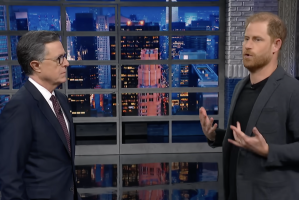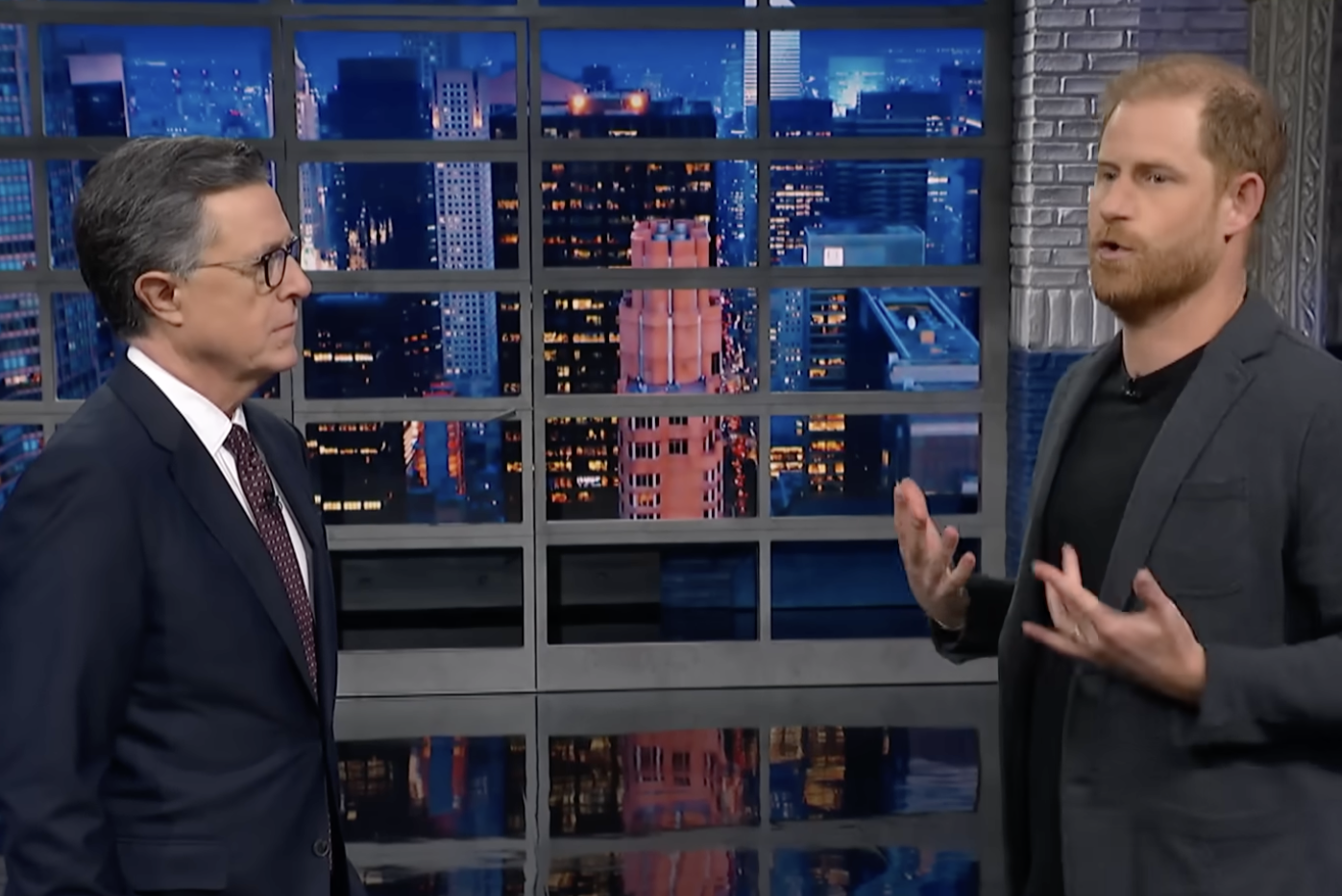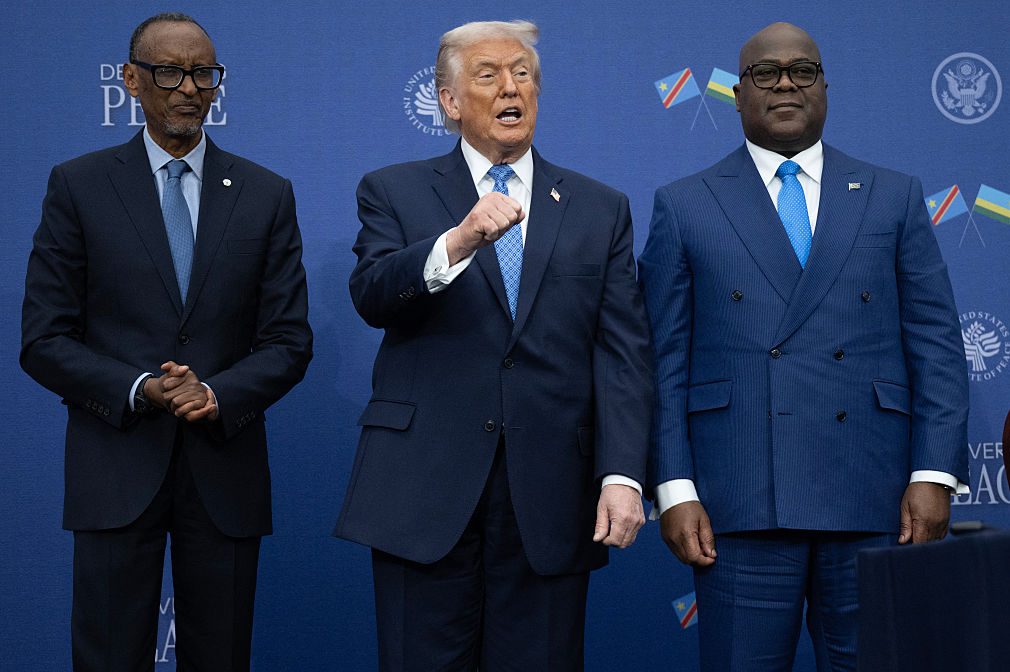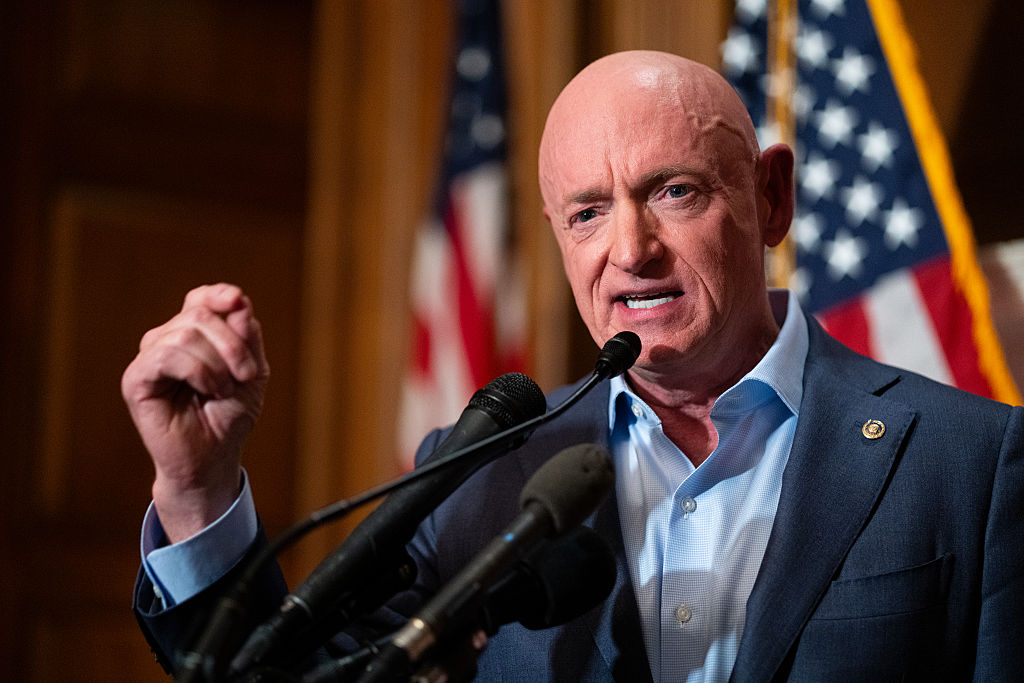The biggest divide on the war in Ukraine is generational
The Russian invasion of Ukraine has, in many ways, been a rare point of unity in American politics. The overwhelming majority of lawmakers are on the same page when it comes to sanctioning Russia and arming Ukrainians. Polls find that both Republican and Democratic voters have similar views on the war and its protagonists: for all the talk of the GOP’s pro-Putin wing, disapproval of the Russian president is all but universal.
But look a little closer and some surprising divides start to appear. The biggest is generational. A recent YouGov survey for the Economist asked people who they sympathized with more in the conflict. Ninety-two percent of Americans aged over sixty-five said Ukraine, while just 54 percent of Americans aged eighteen to twenty-nine gave the same answer. One in ten young Americans said they sympathized more with Russia, while the remaining 36 percent said either that they didn’t know or had sympathy for neither side. The same question was asked of voters in Britain and France, and America’s thirty-six-point generation gap is the largest.
Part of the generation gap is explained by the fact that older people tend to be more politically engaged, and therefore less likely to respond “don’t know” or “neither” to such questions. But that cannot not account for all of such a large gap. As well as under-informed apathy, there’s a more substantive cynicism at work here too. This takes both left- and right-wing forms.
On the left, identity-politics-inflected self-criticism breeds a suspicion of the West’s side of any conflict. An article published by the Washington Post this week is an especially egregious example of this mode of thinking. Under the headline “NATO was founded to protect ‘civilized’ people. That means White,” Amoz Hor exemplifies an all too familiar myopia according to which America’s racial politics are the prism through which geopolitical events are best understood. We are told that warnings about the Soviet threat to “Western civilization” were nothing more than a “dog whistle for whiteness”; that “communism was seen to pose a threat not just to “freedom” — but specifically to White freedom”; and that “NATO was born out of fear of White slavery.” There’s an alarmingly large audience for such ahistorical nonsense.
The right-wing mirror image of this argument was typified by Donald Trump in 2017, when he responded to Bill O’Reilly’s claim that Putin was a killer by saying: “There are a lot of killers. You think our country’s so innocent?”
The Economist’s own write-up of the survey cited “Russophobic sentiment” as a possible cause of the high levels of sympathy for Ukraine among older Americans. “Russophobic” is an insulting and revealing charge for the author to level — and one that is likely an example of the millennial cynicism it seeks to explain.
Whatever the cause of the generation gap in opinion on Russia’s invasion, it should focus the minds of those who welcome the way in which the war has breathed fresh life into the idea of the West. There’s no doubt about the revitalization of Atlanticist ideals in vast portions of the US electorate, but they evidently seem like an unappealing throwback to a larger part of younger generations than many want to admit.
*** Sign up to receive the DC Diary in your inbox on weekdays ***
Can Trump’s Vance endorsement be stopped?
Donald Trump is set to endorse J.D. Vance in the closely watched and bad-blooded Ohio Senate primary, NBC reported yesterday. Cue a frantic effort by Vance’s opponents to talk the former president out of the move. It’s not hard to understand their desperation: the Ohio primary is a messy, crowded race in which no one has emerged as the front-runner. And Vance’s biggest weakness is his anti-Trump pronouncements from 2016.
Remington Research, a polling firm with ties to one of Vance’s main rivals Josh Mandel, circulated a memo Thursday saying that “Vance will still lose even with President Trump’s endorsement. J.D. Vance is widely known by Republican primary voters for his NeverTrumper comments and his calling Trump supporters ‘racists’,” according to a report in Politico.
The same day, a letter signed by more than thirty GOP Ohio county chairs and other party officials called on Trump to reconsider. “While we were working hard in Ohio to support you and Make America Great Again, J.D. Vance was actively working against your candidacy,” they write in the letter. “With only a few short weeks until Election Day, an endorsement that cuts against your support and legacy in Ohio will only serve to confuse or upset voters.”
Trump has revoked and changed endorsements before. Last month he turned on Mo Brooks in his Senate bid in Alabama. Vance’s previous opposition to Trump has been a major theme of the race and will not be news to the former president. Even so, Vance’s camp will surely be relieved if and when they hear Trump back their man at a rally in Delaware County, Ohio this weekend.
ACB takes on abortion heckler
In an appearance at the Reagan Presidential Library Supreme Court in California, Justice Amy Coney Barrett was interrupted by a pro-choice heckler who her of being an “enslaver of women.” The event’s video feed cut out after the protest started. When it returned, Barrett quipped, “As a mother of seven, I am used to distractions and sometimes even outbursts.”
What you should be reading today
Amber Athey: The left’s twisted priorities on crime
Taylor Millard: The government didn’t miss inflation, it ignored it
James Snell: Down with the Third World War doomsayers
Peggy Noonan, Wall Street Journal: America’s most tumultuous Holy Week
Michael Lind, Tablet: The end of progressive intellectual life
Will Oremas, Washington Post: TikTok created an alternate universe just for Russia
Poll watch
President Biden job approval
Approve: 40.4 percent
Disapprove: 52.3 percent
Net approval: -11.9 (RCP Average)
Biden approval among Hispanic voters
Approve: 26 percent
Disapprove: 54 percent (Quinnipiac)























